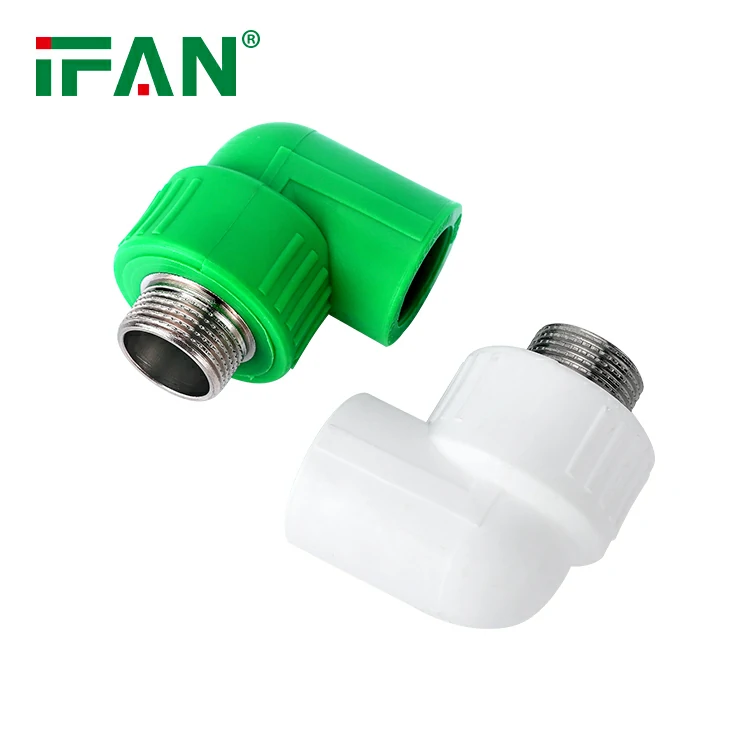Introduction
HDPE (High-Density Polyethylene) pipes and fittings have gained immense popularity in the modern piping industry due to their superior durability, flexibility, and chemical resistance. This article aims to provide a comprehensive overview of HDPE pipes and fittings, highlighting their unique features, applications, and the latest industry trends.
Unique Properties of HDPE
HDPE is a thermoplastic material that offers numerous advantages over traditional piping materials. Its high density makes it extremely durable and resistant to wear and tear. Additionally, HDPE’s flexibility allows it to withstand external pressures and temperature variations without cracking or breaking. Furthermore, HDPE is non-corrosive and resistant to chemicals, making it suitable for a wide range of applications.
Applications of HDPE Pipes and Fittings
HDPE pipes and fittings are widely used in various industries, including water supply, sewage treatment, irrigation, and oil and gas transmission. Their durability and resistance to corrosion ensure reliable and long-lasting performance. Moreover, HDPE’s flexibility enables easy installation and maintenance, reducing installation time and costs.
Latest Trends in HDPE Technology
The HDPE piping industry is constantly evolving, with new technologies and innovations emerging. One such trend is the development of enhanced HDPE materials that offer improved strength, flexibility, and resistance to harsh environments. Additionally, new joining techniques, such as fusion welding and electrofusion, have been introduced to ensure stronger and more reliable pipe connections.
Environmental Benefits of HDPE
HDPE pipes and fittings are also environmentally friendly. They are made from recyclable materials, reducing the impact on natural resources. Moreover, HDPE’s durability and long lifespan reduce the need for frequent replacements, further minimizing waste and environmental impact.
Challenges and Opportunities
Despite its numerous advantages, the HDPE piping industry faces some challenges, such as competition from other materials and the need for continuous innovation to meet evolving industry standards. However, the industry also presents significant opportunities for growth, particularly in emerging markets and sectors such as renewable energy and water management.
Conclusion
HDPE pipes and fittings are an essential component of modern piping systems. Their unique properties, wide range of applications, and environmental benefits make them a preferred choice for various industries. With continuous advancements in technology and materials, the HDPE piping industry is poised to remain a leading player in the piping industry.






